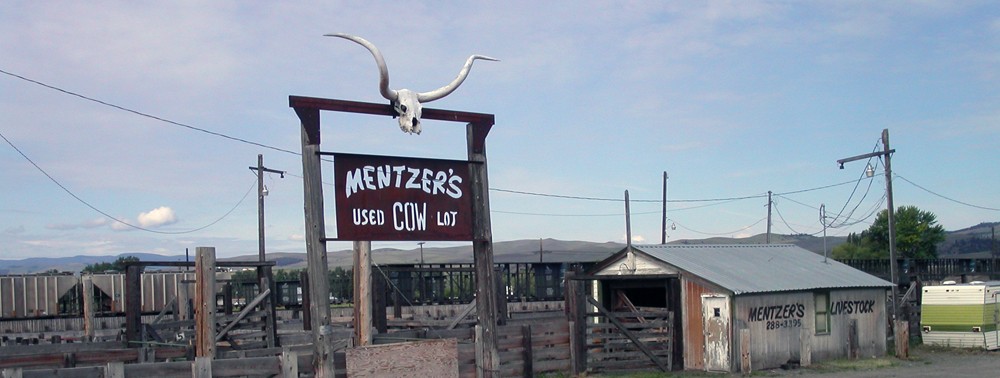![]() On October 14, 1963, the Decatur, Ga., City Commission enacted a new urban renewal plan for the city’s historically black Beacon Community. The new plan included land use restrictions and zones targeted for new commercial development and housing. The plan included building height, setback, and parking restrictions and it limited the types of business that could operate in the urban renewal area.
On October 14, 1963, the Decatur, Ga., City Commission enacted a new urban renewal plan for the city’s historically black Beacon Community. The new plan included land use restrictions and zones targeted for new commercial development and housing. The plan included building height, setback, and parking restrictions and it limited the types of business that could operate in the urban renewal area.
Two zones for new businesses were created: a “Local Commercial Area” and a “General Business Area.” The former allowed 22 business types, from “apparel shops” to “tailor shops.” The latter permitted 26 additional uses, including “Any use allowed in local commercial use areas within this project.”
After meeting resistance to the proposal to relocate African American families to an area in unincorporated DeKalb County, Decatur designated part of the new urban renewal area for multi-family housing. Density in the new housing — which became the Gateway Apartments (now slated for redevelopment) — was limited to 21.6 “dwelling units per acre.”
© 2014 D.S. Rotenstein



